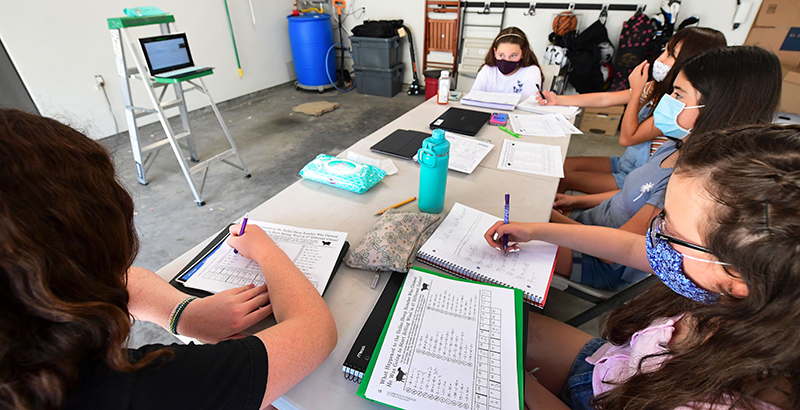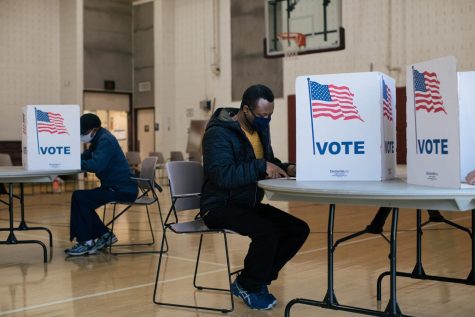Peeking Behind the Curtain
February 16, 2022
Senate Bill 3: How will it help our schools?
Fiscal transparency is on the radar for California legislators.
Senate Bill 3 (SB3) was first introduced in the State Assembly on Jan. 27 by Sen. Anna Caballero (D-12th District), having passed the Senate Floor on a unanimous vote of 36-0. The bill aims to implement a local control and accountability plan portal to track expenditures of supplemental and concentration grant funds by local educational agencies, i.e., school districts and charter schools.
“The bill is intended to give more clarity,” stated Dr. Peg Winkelman, Professor of Educational Leadership at California State University, East Bay. Dr. Winkelman views the proposed legislation beyond a mere motion towards transparency but as an invaluable instrument in determining future education reform: “California is the 5th largest economy in the world, [yet our] per-pupil spending is not commensurate with our economy,” she said.
According to 2018, the state of California allocated $12,498 per K-12 student— a budget approaching the national average threshold of $12,612, while comparably meager with New York’s per K-12 student budget of $25,139.
Further examining adequate costs for meeting student needs, California’s wealthiest school districts would need 22% more funding to approach satisfactory levels, while the state’s most underserved districts—marked with a high concentration of low-income or underprivileged communities, such as foster youth, Black and Latino populations—would require 46% more funding.
The bill text acknowledged that only 55 cents of every intended dollar of supplemental and concentration grants were spent on underprivileged students, with the remaining 45 cents reserved for various use by the school districts. Pandemic conditions further exacerbated the divide and contributed to widespread learning loss, otherwise “shining a light on the opportunity gap in access to technology and healthcare,” Winkelman claimed.
Besides addressing financial opaqueness in education and systemic disparities, Winkelman supports SB 3 from a practical perspective. Drawing upon her previous experience as a principal, Winkelman stated that “[when budgeting,] it is very difficult to count every penny,” and an integrated digital platform would render easier access to qualitative and quantitative data while providing ample opportunity for more feedback and community engagement in local control and accountability plans.
As an ardent believer in humanistic pedagogy, Winkelman asserted that “when schools are overburdened with teacher shortages, asking for the writing of another plan [implies that schools aren’t] serving students.” SB 3, while an interim measure, establishes necessary infrastructure for greater financial awareness, invites local involvement, and allows schools to focus on serving their communities by teaching.

















